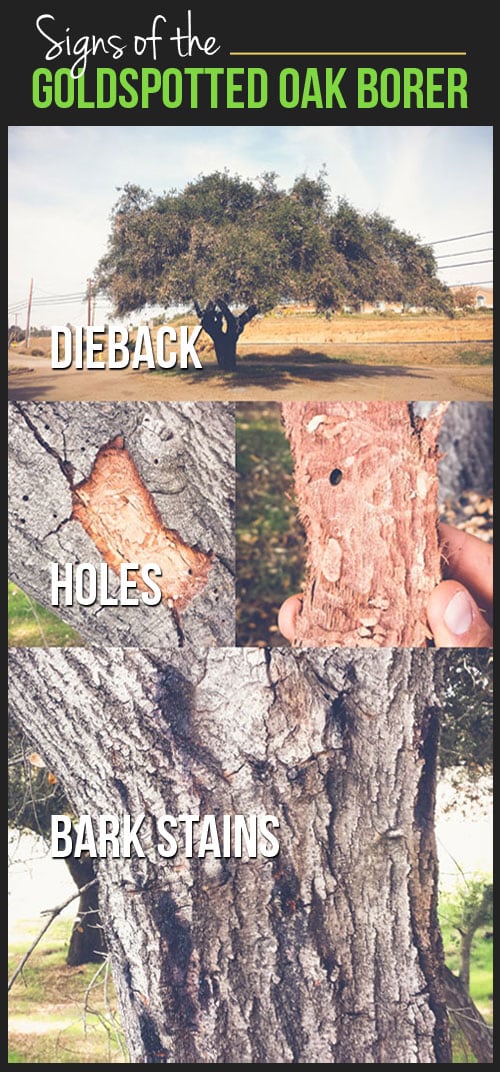Post-Tree Removal Maintenance Is Important For Restoring Your Landscape; Discover Crucial Actions To Revitalize Your Area And Prevent Potential Issues
Post-Tree Removal Maintenance Is Important For Restoring Your Landscape; Discover Crucial Actions To Revitalize Your Area And Prevent Potential Issues
Blog Article
Team Author-Franks Deal
After a tree's elimination, your landscape might look quite different, and it's necessary to analyze the after-effects thoroughly. You'll wish to assess the dirt disruption and check surrounding plants for any kind of indicators of stress and anxiety. Ignoring these aspects can bring about bigger problems down the line. So, what should you do with those stumps and origins? And just how do you select the very best plants for your revitalized space? Let's explore these important steps.
Analyzing the Consequences: Evaluating Your Landscape
After a tree removal, it's crucial to evaluate your landscape to comprehend the effect it carries your yard.
Beginning by checking out the location where the tree stood. Seek signs of dirt disruption, and examine the bordering plants for any anxiety or damages.
You should also make note of just how the removal has actually altered sunlight direct exposure and air movement in your garden. Apple Tree Pruning can influence the development of neighboring plants, so it's important to review their wellness.
Think about the visual aspects as well; the removal may create an open space that you can revamp.
Finally, think of any potential erosion issues that could occur from the tree's absence. Attending to these factors early will help recover balance to your landscape.
Handling Stumps and Roots: Options for Removal
When you have actually analyzed the after-effects of the tree elimination, you'll likely need to take on the stump and origins left.
You have a couple of alternatives for removal. One reliable technique is stump grinding, where a specialist makes use of an equipment to grind the stump down to below ground level. This method leaves marginal interruption to your landscape.
If you prefer a DIY approach, you can make use of a mix of digging and chemical stump cleaners. Just keep in mind, this process can require time and effort.
Additionally, consider leaving the stump as an all-natural attribute, which can work as a special garden element or habitat for wildlife.
Whatever you pick, dealing with the stump and origins is vital for recovering your landscape.
Picking the Right Plant Kingdoms for Your New Room
As you examine your newly cleared area, selecting the right plants can substantially enhance your landscape's charm and functionality.
Begin by thinking about the sunshine and dirt problems. For bright areas, select drought-resistant plants like lavender or succulents. In shaded places, ferns and hostas prosper well.
Think about the size and development behaviors of your plants; mix perennials and annuals for seasonal selection. Do not fail to remember to integrate indigenous varieties; they call for less maintenance and support local wild animals.
Group plants in strange numbers for a more natural appearance and create layers for visual depth.
Lastly, ensure you have a mix of colors and textures to keep your landscape vibrant throughout the seasons.
Happy planting!
Conclusion
Finally, recovering your landscape after tree removal is a fulfilling process. By assessing the results, attending to stumps and roots, and choosing the right plants, you'll develop a successful environment. Tree Pruning And Removal Near Me fail to remember to integrate disintegration control procedures to protect your dirt. With a little effort and treatment, you can change your space into a dynamic yard that enhances your residential or commercial property. Accept the chance to rejuvenate your landscape and appreciate the elegance of nature right in your yard!
